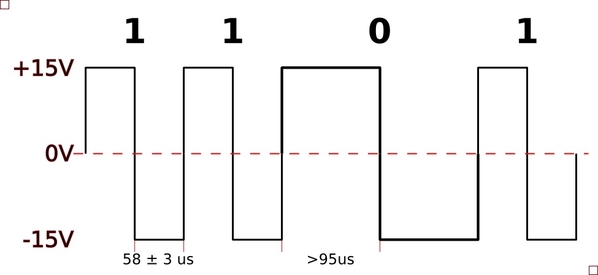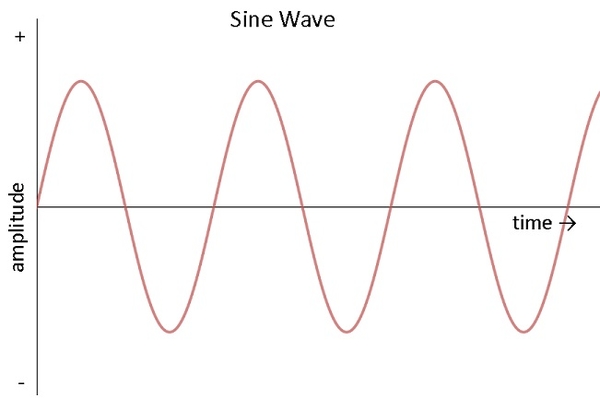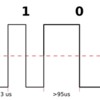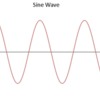Guys, I really appreciate all the replies and comment to this topic.. My original goal was to decide if adding DCC to my layout is worth the effort, I wanted to be able to run my SHS DCC engines with my Lionel/Flyer engines and DCC seemed the common factor. As noted earlier that is not as easy as I thought it would be. Here is where I am with your help.
As suggested I removed the small old flyer transformer I had connected to the DCC test track and connected the STRAX DC 5400 transformer I got from Doug at Showcase, it ran all my SHS DCC engines fine using the Lenz DCC Set 100, which is also connected to the test track, one big problem with Lenz for some reason the Lionel Flyers get an 01 error on(no response) the program track, so I can Not read or write on it. I can use PoM and I was able to change the address of the SD70 and ES44 using the Program/run modes on them. The two DCC capable(?) ALCO do not respond at all in fact I accidently found out they respond to transformer control. One nearly leapt off the table when I accidently cycled the power at full throttle. I also tested the SHS DCC small SW9 to be sure this set-up was working and it is. The SD70 seems to be responding as well as possible considering it's DCC limitations. The functions seem to be working and it responds to movement commands, although I don't understand its forward/neutral/reverse sequence. It seems some of the time one touch will reverse it other times I have to try it several times(nearly ran it off the table too). If someone could explain or comment on that I would appreciate it.. The ES44 is the real mystery, I was able to get it to respond to the Short Address and it powers up fine, engine sounds, Bell, Whistle, lights etc. It's direction lights even change when I get it to reverse but will NOT move, it is like it needs to release the brakes or react to the RUN button as on the Legacy Command module. I have changed CV8=8 to reset and then set back to 73. I have set CV2=2, CV3=15 and CV4=15, still no response(also set the same on the SD70, it moves...). Are there any other CVs that might be holding it back..? All four units still run fine in Legacy mode on the layout. So at least I haven't messed that up.
Again, I would very much appreciate any replies, comments, suggestions on your parts and as I said earlier I am most Thankful for your help.
It's important to note that the SD70s were the first Flyer locomotive released with dcc code. Other Lagacy Flyer locomotives released before and including 2012 did not have dcc code.
Rusty
Rusty
I think it kind of interesting that the oldest of the DCC units is the least trouble.... Laurin
Part of your description makes it sound like the dcc booster isnt powerful enough. The system you describe is a 5 amp system. It could be the booster is cutting power due to a sensed overload.
When I tried my MTH dcc out on an NEC 5 amp system, it did the same thing. Occasionally it would start up, but any movement commands sent the NEC booster into overload mode. Sometimes the engine wouldnt respond at all.
Once my NEC10 amp system arrived, everything worked perfectly.
Mjcat - the Lenz I am using for testing was enough to power the SHS engines I have, though if I add DCC now I probably will replace it, more $$$! It is Not and entry level unit, one reason I am disappointed that the Lionel engines are apparently not compatible with the program track. In the instruction manual they explain a possible reason and "fix"..... Laurin
My shs engines run great on dcc. my y3 wont do dcc needs program change and same problem with my pa the es44ac runs good on dcc have a lionel 1990s pa i converted to dcc it run fairly well hope to finish a Gilbert Hudson in the next few days i use a digitrax zphyer . been using the 465 4 amp on my conversions.
Doug - Good luck on the Hudson conversion! A nicely detailed Legacy Hudson would certainly finds its way on to my modest layout. I actually saw the 'Blue Goose' pulling a small passenger train through Dodge City Ks with My GrandDad when I was a very little guy... There is a Santa Fe Hudson on static display in Topeka, Ks if you are ever there(it is in shameful shape though)..
Thanks again Guys, really appreciate all of your comments. A learning experience!
Laurin....








